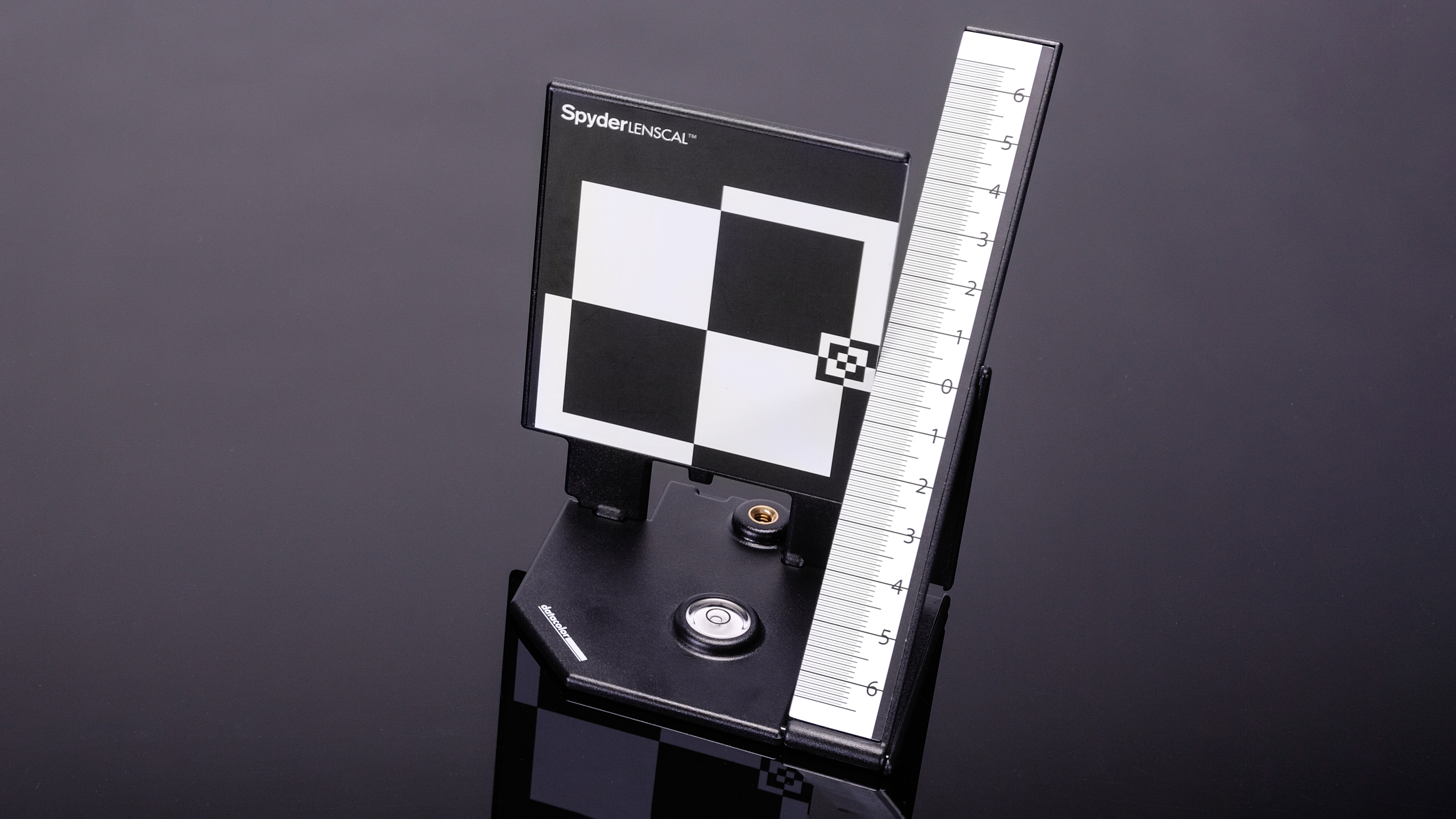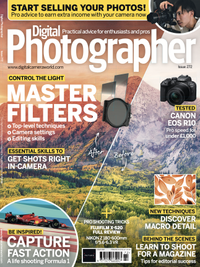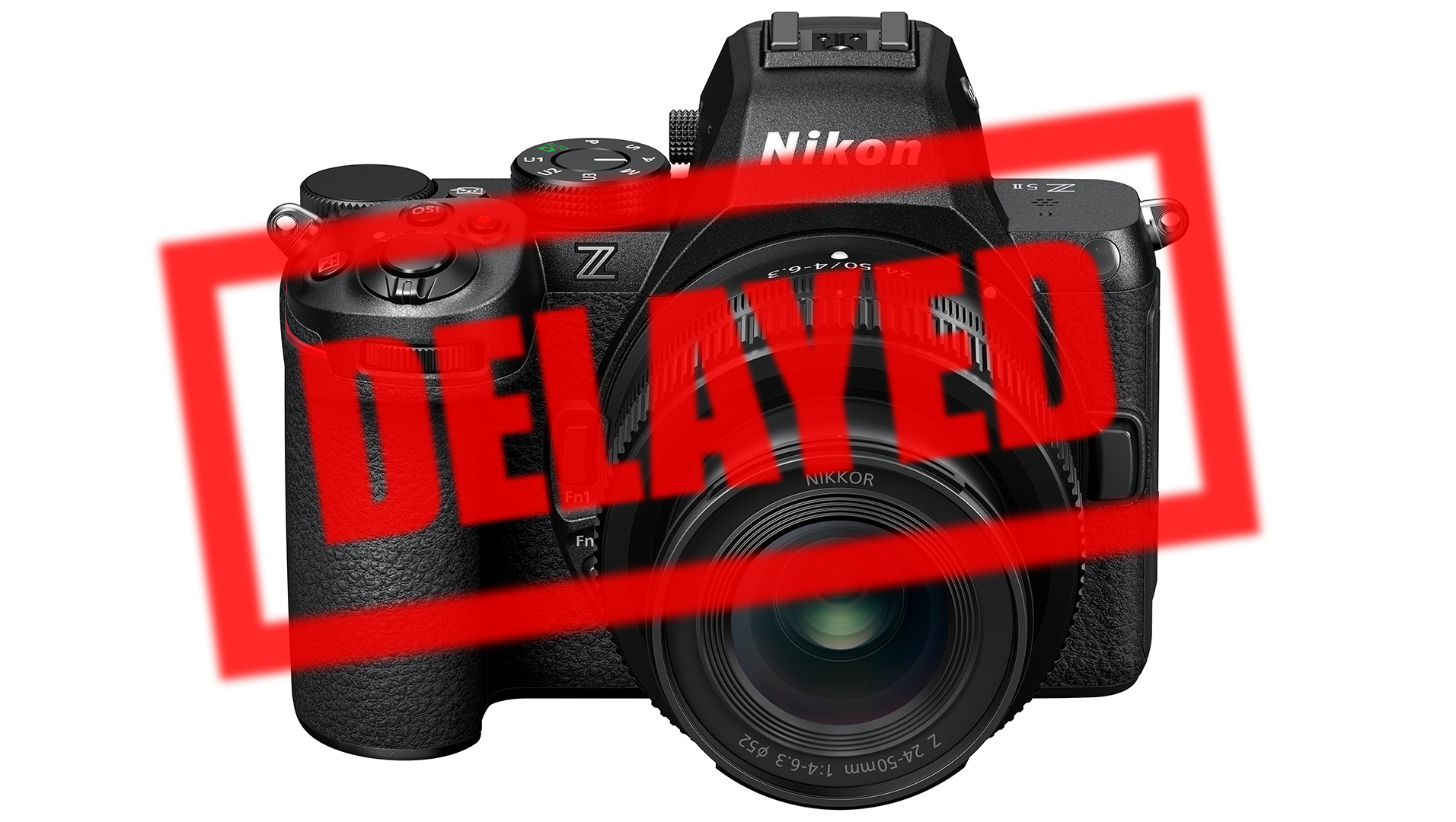5-minute photo tips: Make AF microadjustments to sharpen your shots
Use in-camera autofocus microadjustments to improve the sharpness of older lenses

Improves: Sharpness
Even shooting with the best image sensors, with the most megapixels or sturdiest stabilization, may not deliver crisp results if the gear is not checked over time. One issue that is often not addressed is the accuracy of your camera’s autofocus, which suffers as it shifts the optimal focus position of the lens elements over time.
The precision of the AF is then either slightly shifted forward or backwards towards the subject. Fortunately, you don’t have to send the camera to the manufacturer for a lens calibration – you can correct it yourself with the in-camera lens microadjustment feature.
Tutorial
Find this option in the menu’s autofocus section. Here, two parameters are shown: W and T. W is the widest part of the lens view (wide-angle – short focal lengths), while T is the furthest part of the lens view (telephoto – long focal lengths). If you aren’t using a prime lens, both values have to be adjusted to achieve the best results.
1) To determine whether the focus is back or forward shifting, place a subject on a table.
2) To make it easier to identify the focus shifting direction, add a guide next to the subject – a tape measure, for example, is a simple solution to help with precision adjustment. There are specialist aids to help with this process, such as the Spyder LensCal.

3) Now select a focal length and tell the AF to focus on the subject.
4) Analyze the image result and zoom into the subject. If the focus lies slightly behind it, move the parameter settings to the right (positive) or to the left for front focusing.
For optimal results, this process must be repeated until the focus lies accurately on the subject once again.
This article originally appeared in Digital Photographer, a monthly magazine, and the kitbag essential for pros, enthusiasts, and amateurs alike!
Inside, you'll find practical guides, shooting tips, and techniques from working photographers, plus all the latest industry news.
Take a look at the best mirrorless cameras available today, and see how they compare to the best DSLRs in our DSLR vs mirrorless cameras guide.
Get the Digital Camera World Newsletter
The best camera deals, reviews, product advice, and unmissable photography news, direct to your inbox!

Kim is the Staff Writer on Digital Camera World, and formerly Technique Editor at Digital Photographer, focusing on the art and science of photography. With a Master’s degree in Photography and Media, she is driven to educate through an analytical approach, visually and technically. With her guides and tutorials, Kim seeks to uncover new facets of this time-honoured medium and foster a deeper understanding of its profound role in culture. Kim highlights topics that resonate with modern society, including women in photography and critical issues such as environmental conservation. She also discusses and reviews camera gear, giving you an overview to find the best fit for your photography journey.

